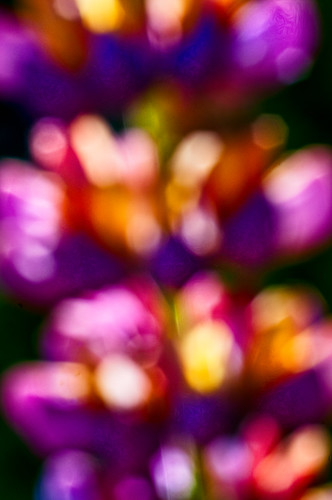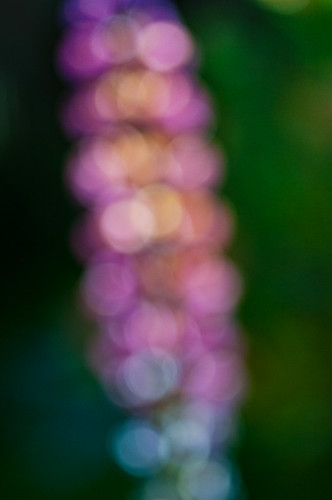Does every photo need to be in focus? Sometimes when I’m approaching landscapes or botanicals it seems that way. The convention is that landscapes are sharp and in-focus, usually across the entire image.
When the whole image isn’t sharp, selective focus can be used to draw attention to important areas in the photo because the eye goes first to these elements. Somewhat paradoxically, when selective focus is used—as in this shot of a dragonfly—the in-focus areas can seem sharper than they would if the whole image were in focus.
So both these uses of focus—to make an entire image sharp, or to emphasize specific elements within an image—make good compositional sense.
But it is also good to break rules, and to experiment with the unexpected. Why be normal? Trying new ways of approaching making photos enhances my enjoyment of photography and helps me be a more creative photographer even when I return to a more conventional idiom.
To make these images in my garden I put a macro lens on my camera, got down on my belly, and got up close to a Lupine. I pointed my camera at the flower. The strong, late afternoon sun lit the flower from behind and angled in the direction of my lens.
I threw the lens as out of focus as possible, and then experimented with the impact of using different apertures.
Both photos shot using my Sigma 50mm f/2.8 macro lens, hand held. Top: 1/2000 of a second at f/2.8 and ISO 320; bottom: 1/40 of a second and f/13 at ISO 200.


Iza Korwel
4 Jun 2011I really like those images and I am not bothered at all by the fact that they are out of focus. I doubt I would be bothered even if I did not know what it is that you have photographed. For me, out-of-focus images, abstract images, are just all about color. If the color palette is pleasing, they work.